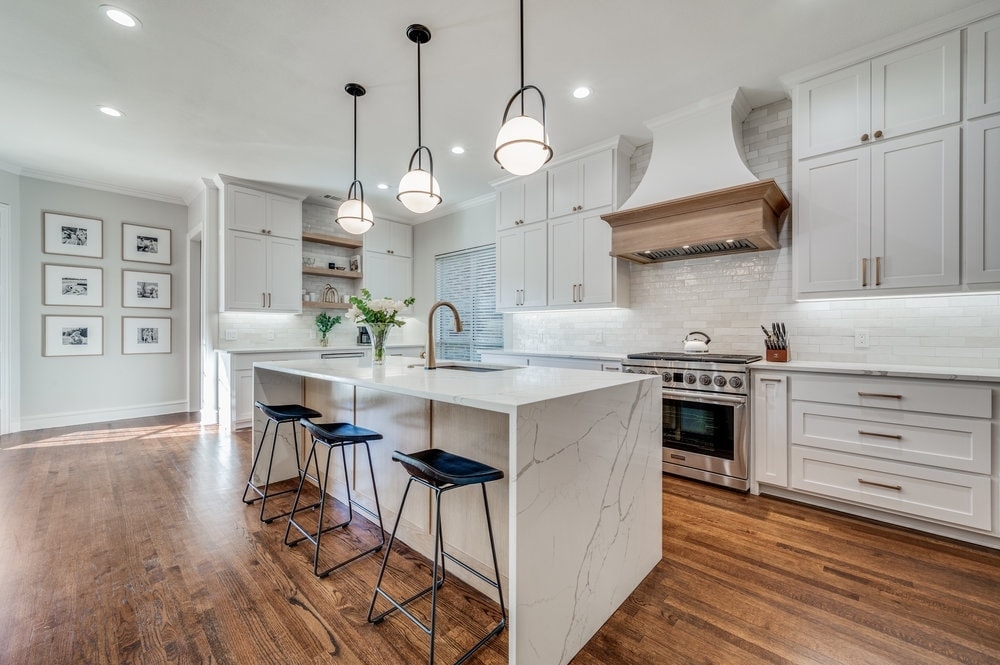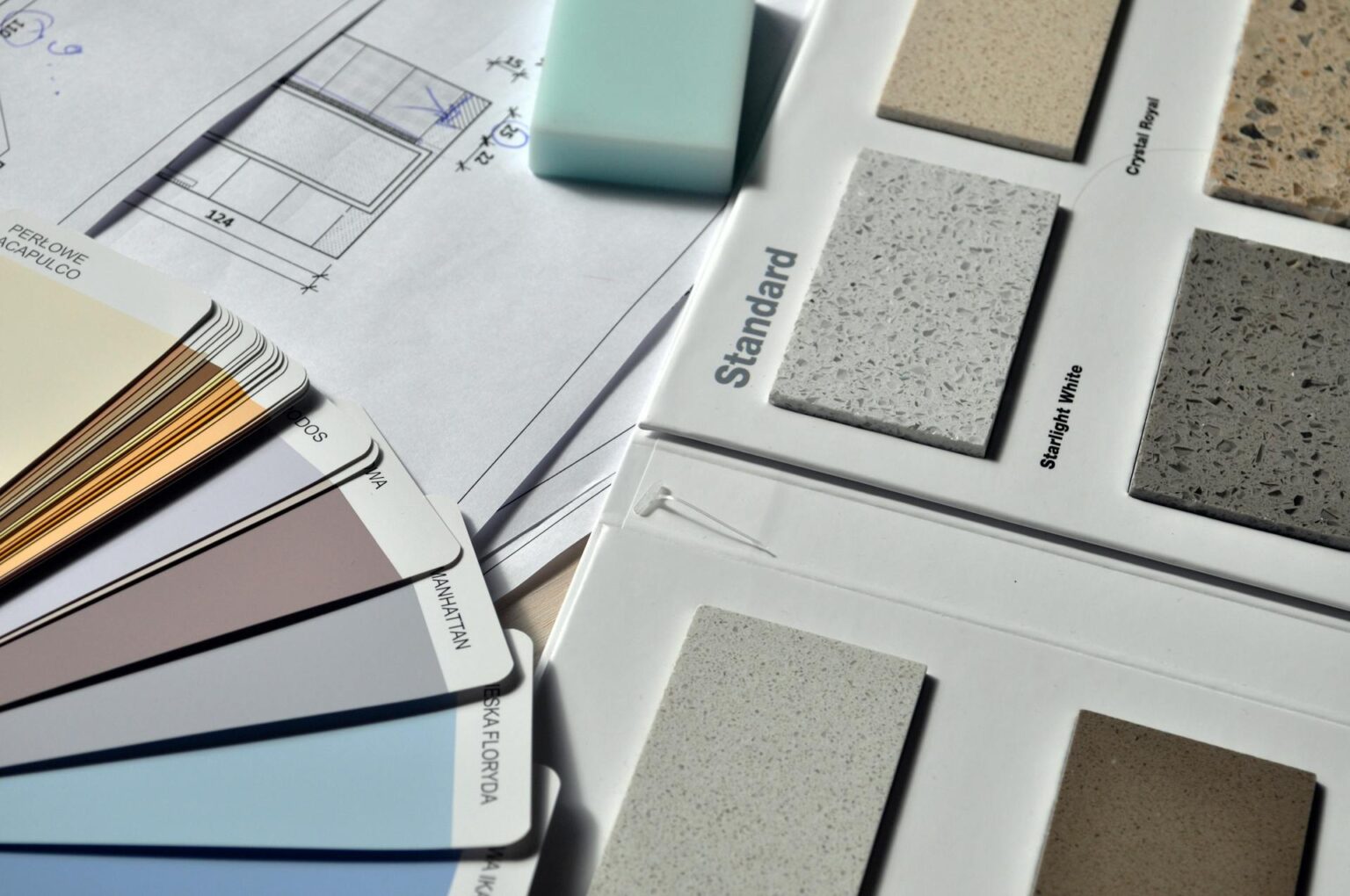Custom Kitchen Design Plans to Maximize Space and Functionality

The kitchen, often hailed as the heart of the home, is far more than just a space for cooking. It's a hub for family gatherings, a place for creative experimentation, and often the focal point of social interaction. Therefore, designing a kitchen that not only looks beautiful but also maximizes space and functionality is crucial for creating a truly enjoyable and efficient living environment. This is where custom kitchen design plans come into play, offering a tailored approach to optimize every inch of your kitchen.
Understanding Your Needs and Limitations:
Before diving into the design process, a thorough understanding of your specific needs and limitations is paramount. This involves analyzing your cooking habits, the number of people typically using the kitchen, and any existing architectural constraints. Do you frequently host large dinners? Do you prefer to prep food together as a family? Are you constrained by a small footprint, awkward angles, or existing plumbing locations? Answering these questions will help you prioritize your requirements and guide the design choices. Consider making a list of your "must-haves" versus "nice-to-haves" to help streamline the decision-making process and ensure the final design aligns with your lifestyle and budget. For instance, a professional chef might prioritize a high-powered range and ample counter space, while a family with young children might focus on creating a safe and easily accessible snack station.
The Power of Smart Layouts and Storage Solutions:
Once you have a clear understanding of your needs, you can begin exploring different kitchen layouts to optimize the flow and functionality of the space. Popular layouts include the U-shaped, L-shaped, galley, and island designs, each offering unique advantages and disadvantages depending on the size and shape of the Kitchen Design. The U-shaped layout, for example, provides ample counter space and storage within easy reach, while the L-shaped layout is ideal for smaller kitchens or open-concept spaces. The galley kitchen, characterized by two parallel runs of cabinets and appliances, is highly efficient for single cooks but can feel cramped if multiple people are using the space simultaneously. An island can provide additional counter space, seating, and storage, but it requires sufficient room to avoid obstructing the flow of traffic. Beyond the basic layout, consider incorporating smart storage solutions to maximize space and minimize clutter. Pull-out shelves, cabinet organizers, and vertical storage systems can make it easier to access items and keep your kitchen organized.
Selecting the Right Appliances and Fixtures:
Choosing the right appliances and fixtures is another critical aspect of custom kitchen design. Consider the size, style, and functionality of each appliance to ensure it meets your needs and complements the overall design aesthetic. Opt for energy-efficient appliances to save money on utility bills and reduce your environmental impact. When selecting fixtures, such as faucets and sinks, consider both form and function. Choose a faucet that is easy to use and clean, and a sink that is appropriately sized for your needs. Under-mount sinks, for example, create a seamless transition between the countertop and the sink, making it easier to wipe down surfaces. Also, think about the placement of your appliances in relation to each other. The classic "work triangle," connecting the sink, stove, and refrigerator, can help streamline cooking tasks and minimize unnecessary steps.

Materials and Finishes for Durability and Aesthetics:
The materials and finishes you choose will significantly impact the durability, aesthetics, and overall feel of your kitchen. Consider durable and easy-to-clean materials for countertops, flooring, and backsplashes. Quartz countertops, for example, are highly resistant to scratches, stains, and heat, while tile backsplashes are easy to clean and offer a wide range of design options. When selecting cabinet finishes, consider the style of your kitchen and the amount of maintenance you are willing to undertake. Painted cabinets can add a touch of color and personality, while wood cabinets offer a classic and timeless appeal. Pay attention to the details, such as hardware and lighting, to create a cohesive and visually appealing design.
Lighting Design: Illuminating Functionality and Ambiance:
Proper lighting is essential for both functionality and ambiance in the kitchen. A well-lit kitchen will make cooking and cleaning tasks easier and more enjoyable. Incorporate a combination of ambient, task, and accent lighting to create a layered lighting scheme. Ambient lighting provides overall illumination, while task lighting focuses on specific work areas, such as the countertops and sink. Accent lighting can be used to highlight architectural features or add a touch of drama. Consider using under-cabinet lighting to illuminate countertops and create a warm and inviting atmosphere. Dimmable lighting can also be used to adjust the brightness of the lights depending on the time of day and the activity taking place in the kitchen.
Incorporating Personalized Touches and Style:
A custom kitchen design should reflect your personal style and preferences. Don't be afraid to incorporate personalized touches that make the space feel unique and inviting. This could include displaying artwork, adding decorative accessories, or incorporating unique architectural details. Consider the overall style of your home and choose a kitchen design that complements the existing aesthetic. Whether you prefer a modern, traditional, or eclectic style, there are countless ways to create a kitchen that reflects your personality and enhances your living space.
Working with Professionals for Optimal Results:
While it's possible to undertake a kitchen design project on your own, working with experienced professionals can ensure optimal results and minimize potential headaches. Kitchen designers can provide valuable expertise in space planning, layout optimization, and material selection. They can also help you navigate the complexities of the construction process and ensure that the project is completed on time and within budget. Consider consulting with a kitchen designer early in the process to develop a custom plan that meets your needs and exceeds your expectations. Their knowledge and experience can transform your kitchen into a space that is both beautiful and functional, adding value and enjoyment to your home for years to come.
- Industry
- Art
- Causes
- Crafts
- Dance
- Drinks
- Film
- Fitness
- Food
- Games
- Gardening
- Health
- Home
- Literature
- Music
- Networking
- Other
- Party
- Religion
- Shopping
- Sports
- Theater
- Wellness
- News


